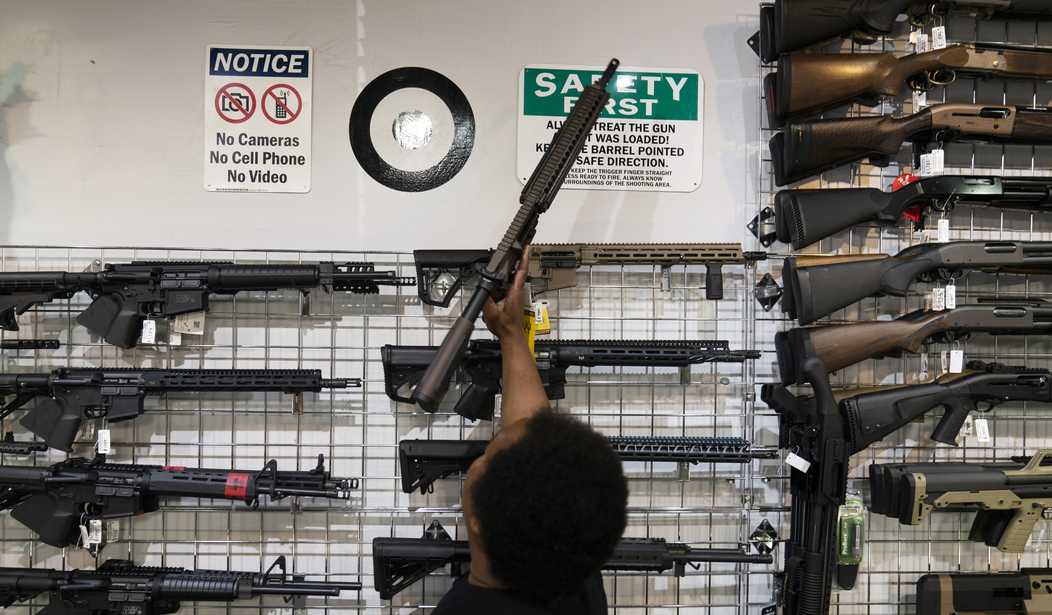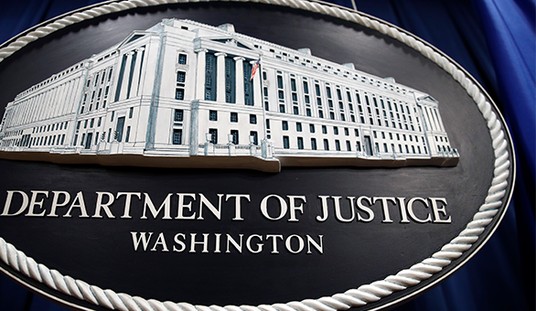Gun companies have marketing departments, but most people never see that marketing. That’s because they don’t put ads in most magazines or on most television shows. Social media companies are even ticky about ads from anyone in the firearm industry–though I do still occasionally see “solvent trap” ads, strangely enough.
So most people never see that marketing unless you basically go looking for it.
Gun companies might buy ad time on outdoor programs and they’ll definitely put ads in magazines, but most use their social media presence to reach their audiences.
And that is, apparently, a problem.
Why? Because Sandy Hook Promise, via Mother Jones, claims they’re marketing to children.
Since 2020, firearms have been the leading cause of death for children and teens in America, killing thousands each year. Shootings and threats of gun violence in the nation’s schools have also escalated sharply. These trends are accompanied by another stark and evolving phenomenon: insidious marketing to kids by the gun industry.
The promotional tactics that gun manufacturers and sellers use with social media, video games, and other entertainment are the focus of a new report from Sandy Hook Promise, the gun-violence prevention group led by parents of children killed in the elementary school massacre 11 years ago in Newtown, Connecticut. The report, “Untargeting Kids,” highlights how the gun industry shifted away from a longstanding culture of safety and responsibility to cultivate a market of young consumers—a demographic inundated with social media and uniquely vulnerable, according to researchers, to provocative and seductive messaging.
“Our nation has experienced a tremendous spike in firearm deaths just as gun marketing made a transition from selling firearms for hunting and sporting to marketing highly lethal, military-style weapons to civilians, including children,” the report says. “That marketing is supposedly aimed at adults, but the platforms those influencers appear on, including TikTok, Instagram, and YouTube, are largely populated by kids.”
Well…that’s the most idiotic claim I’ve literally ever seen.
Because kids use social media in large numbers, any and all marketing conducted on those platforms is targeting kids? Then I know some whiskey companies that are going to have to do some explaining, too, then.
Social media is what it is in part because everyone can use and enjoy it. Because of that, companies trying to reach potential customers are going to make use of it as well.
Yet gun companies have to be far more passive. They can reach out to gun influencers and such, but most of their marketing will be done to people who actively seek it out, even on the platform. They don’t get to buy YouTube ads.
Does that mean kids can also seek it out? Sure, but there’s not really a way for these companies to address that other than not market at all and that’s not going to happen. Nor should it.
To claim, though, that this is somehow tantamount to Glock putting an ad in Highlights or Smith & Wesson airing a commercial during an episode of Bluey is beyond ridiculous.
However, Mother Jones also is turning to an old trope on mass shootings.
Violent video games have been blamed for causing mass shootings ever since Columbine in 1999. While there’s no evidence supporting that theory, various young perpetrators over the years have fixated on graphically violent games or movies when spiraling into isolation, anger, and despair, a correlation that has raised questions and concerns among threat assessment experts. Nonetheless, gun companies have long been eager to have their AR-15s depicted in first-person shooters as a form of advertising, a tactic one sales executive called “seed planting” for a new generation of consumers. The Washington Post reported in a recent series on the AR-15 that representatives of two gun manufacturers met at a Nevada shooting range in 2010 with technicians working on “Call of Duty” to record the firing of AR-15s for the blockbuster gaming series. “No detail, even the click of inserting a magazine, was too small to capture, participants said,” according to the Post.
Ah, the smoking gun (pun fully intended).
Except that Call of Duty, and most other graphically violent video games, are rated M for Mature. That means, at least in theory, kids can’t play those games without a parent’s permission.
In other words, sure, I can accept that gun companies are putting their guns in games as a form of advertising, but here too, we’re seeing them in games meant for adults, not children.
That part fails to make Mother Jones’ story or, apparently, Sandy Hook Promise’s report.
Then again, they turn around and quote Ryan Busse, a man who was recently smacked down in a federal court decision for basically talking like he knows more than he actually does. And we’ve caught him doing it as well. Yet because he worked for Kimber at one time–and I bet they’re regretting that hiring decision–they pretend he knows exactly what happens with the industry as a whole.
The fact that they quote such an obvious gasbag, however, shows just what’s happening here. It’s about the narrative, not the facts. They want to hurt gun companies for having the temerity to, you know, sell guns. To regular folks like you and me, that is.
But they’re going to have to do better than this.








Join the conversation as a VIP Member